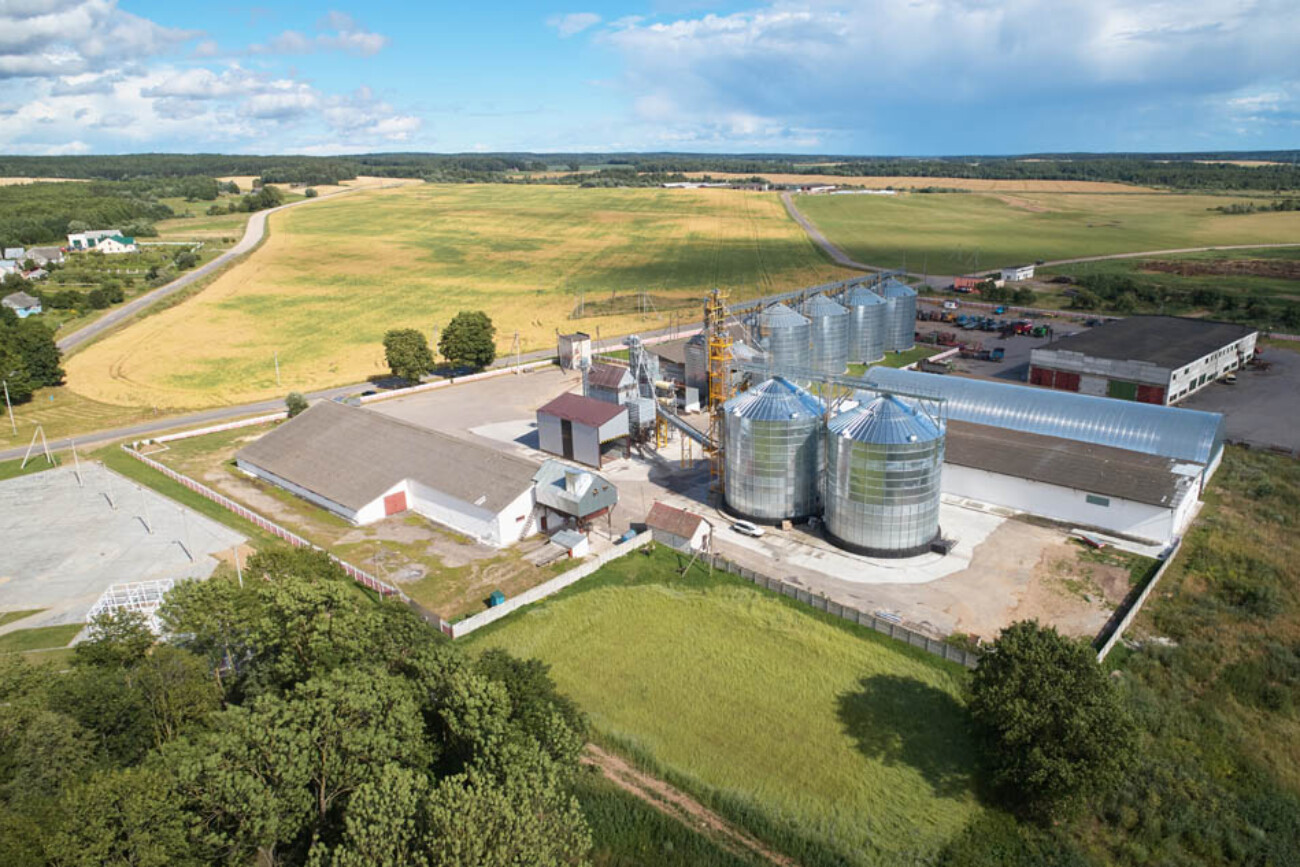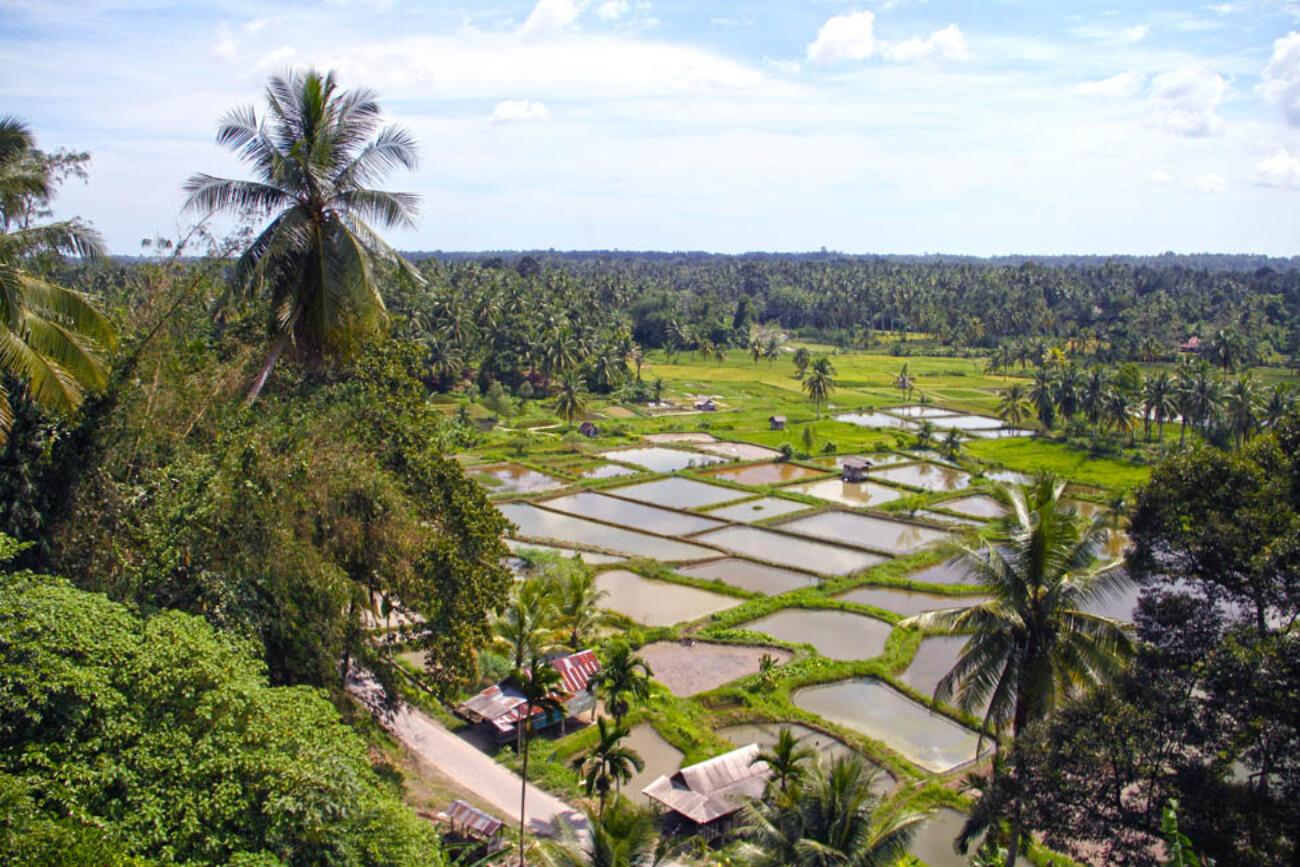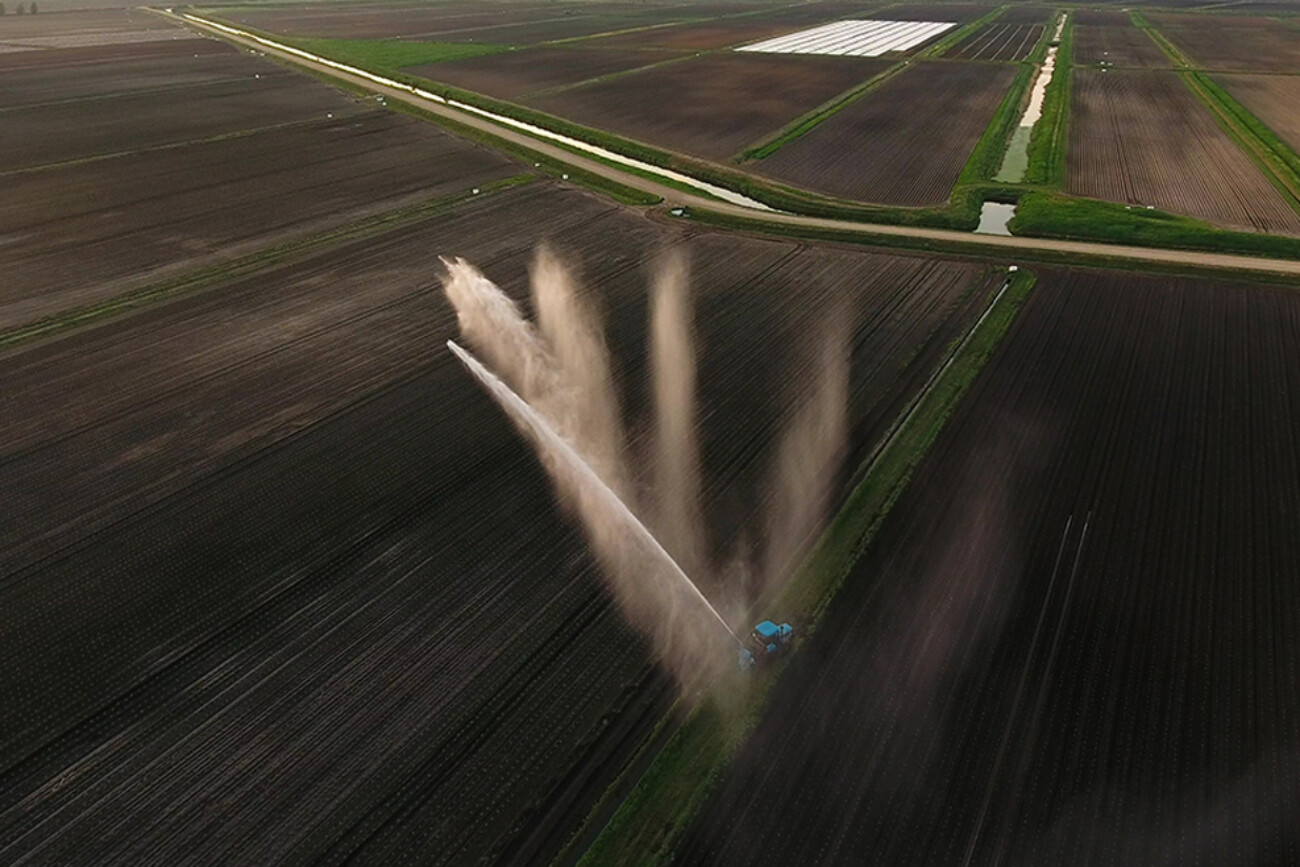Global Macro
It didn’t take long for the Russians to realize that Wagner isn’t the French Foreign Legion. Discipline thru hard rigor is one thing, recruitment from the hangman is quite another. It was highly amusing though to see Frankenstein on the loose for a few days and the general surprise that he might be uncontrollable. It appears this saga isn’t over yet but it certainly doesn’t do much to increase food security thru the Black Sea.
Meanwhile on planet earth, The Fed is trying to tell us that they aren’t done raising rates yet even if they have temporarily paused. The key to modern Fed Watching is to remember not to listen to what the Fed says and only to what it does. They will end and reverse this cycle when they finally break something which at the moment seems to be Commercial real estate. That plenty of PE firms decided to invest solely because they could lock in for a few years a fabulously low rate and very high LTVs isn’t a surprise. That none of them will be able to roll that debt economically and will have to unload the assets at a loss isn’t either, except though to the Fed. Olympia and York springs to mind; one day AAA, the next CCC. Its coming round again along with associated bank stress.
The thing about uncorrelated assets
is that they don’t follow markets,
yet investors have choices.
The short end of the UST curve is certainly of value to us – 4.76%. Even the recent auctions have had tiny tails and the foreign bids are growing. Fast money perhaps, but it’s all still pretty inverted and whilst revealing value, it’s also screaming recession.
The thing about uncorrelated assets is that they don’t follow markets, yet investors have choices. As PE creeps into investment grade land, especially those with insurance arms, our loans can only but shine. Remember the vast majority of investment grade is unsecured; we most definitely are secured at a significant pick up. Local USD funding is drying up so we expect our capital to become increasingly competitive in the weeks to come.
Michel Ciambra, Partner
Agricultural Commodities
Over the last month we’ve seen wheat prices rise substantially, due to the lack of agreement on the Black Sea Grain Corridor. As we pointed out in our May letter, the shorter extension and subsequent negotiations were expected to lead to evermore turmoil, and naturally speculation has driven wheat prices upwards. This is coming off the back of reports of a higher global wheat output than expected. Meaning wheat price volatility is likely higher than conveyed in the current pricing. News from Ukraine is that shippers are already looking for alternatives to get grains out of the country, as the risk and cost of loading grains is already deemed high. Danube port deliveries would become the contender for top Ukrainian ports for shipping, should the grain deal not be renewed.
Russia asked Ukraine to reopen the ammonia pipeline that runs through Pivdennyi, near Odessa, as a quid pro quo for engaging in the Grain Corridor. Ukraine firmly refused, leading to today’s ongoing negotiations. Now, Russia’s biggest ammonium nitrate producer, Uralchem, is near opening its own ammonia export terminal near the Black Sea, which will make the pipeline running through Ukraine less relevant. One can imagine that with less reliance on Ukraine, Russia will be ever-more incentivized to close the Corridor. On the one hand, this will elevate grain prices, on the other, with more certainty there should be less volatility.
We have several clients in Brazil benefiting from
strong yields and expectation of lower US supply.
Looking towards soybean, Brazil is at the tail end of bumper crop with 156k MT of production, almost 20% higher than last season, and above initial forecasts. Meanwhile, in the US, the world’s second largest soy producer, drought concerns are increasing ahead of its harvest. This is an ideal situation for Brazilian producers, as their own supply is high, but prices remain intact due to US lack thereof. We have several clients in the region benefiting from this dynamic; however, with the higher supply we do note negative basis spreads for producers in Brazil. Negative basis and large demand should give an opportunity for logistics providers and traders to make significant margins.
Speaking of traders, we’d be remiss not to mention the purchase of Viterra by Bunge for US$8.2B, perhaps the biggest merger in agribusiness in over 20 years. While there is some speculation over anti-trust approvals, we believe there are limited regions in which this would apply. Ourselves operating across multiple markets, we note that the two are largely separate in just about every region, outside of perhaps Argentina and Canada. Of course, the winnings go to Glencore, who bought Viterra in 2012 for US$4.5B. Today, Viterra is the combined business of old along with Glencore’s own agricultural marketing business.
The acquisition will bring Bunge closer to the size of ADM and Cargill, two of its rivals in the group of ABCD global agribusinesses. While for the outside observer it may seem like a merger of giants, and it is, the agricultural commodity business competes for a multi-trillion-dollar annual market. This means thin margins and competition on volume rather than price, as is the case with commodities. While some regions can be saturated with single buyers, this can’t be the case globally, where competition is abundant. Our view is while the merger is interesting at the corporate level, it should not have any meaningful impact on the larger commodities market.
Andrew Pelekis, Partner
Nord45Partners ©2023


